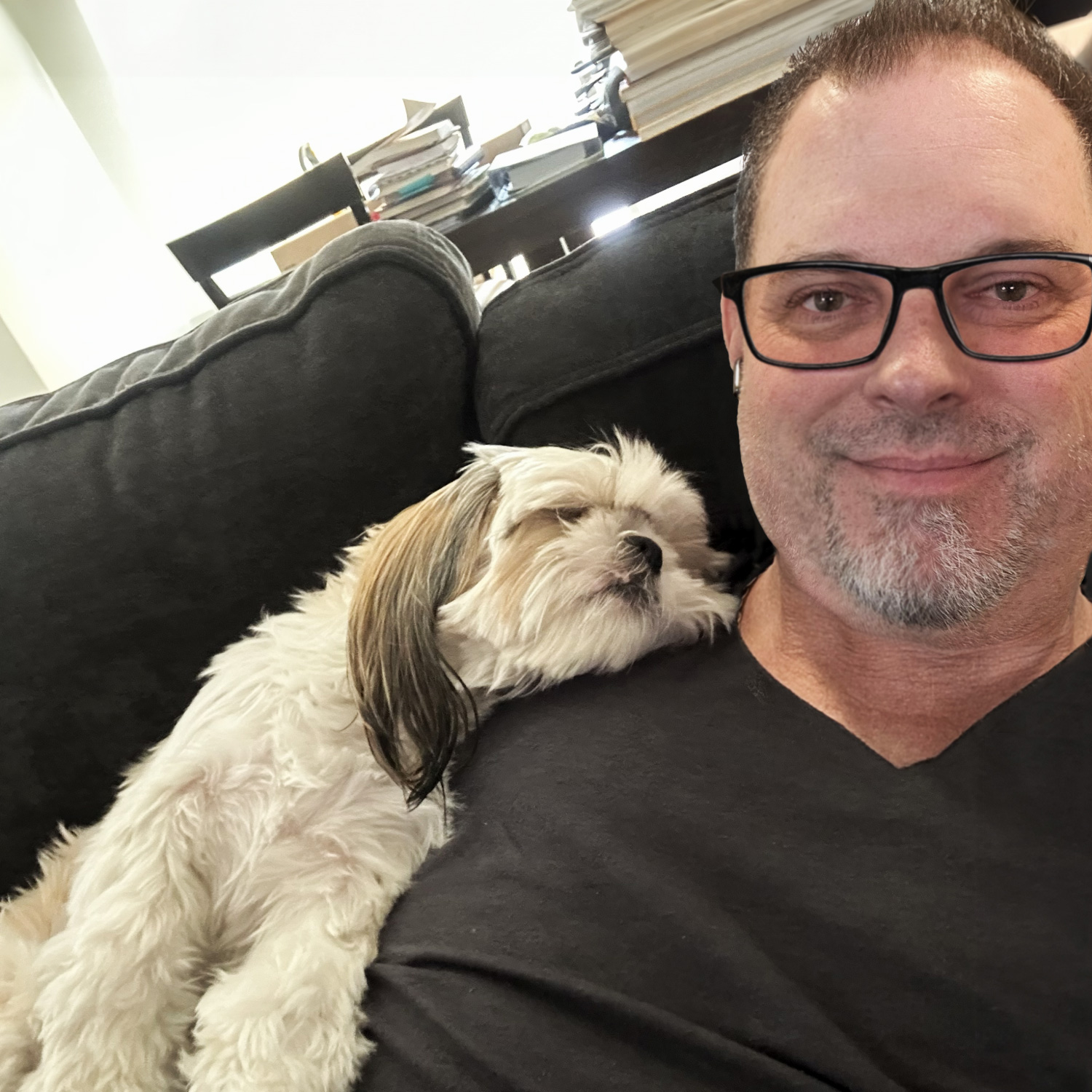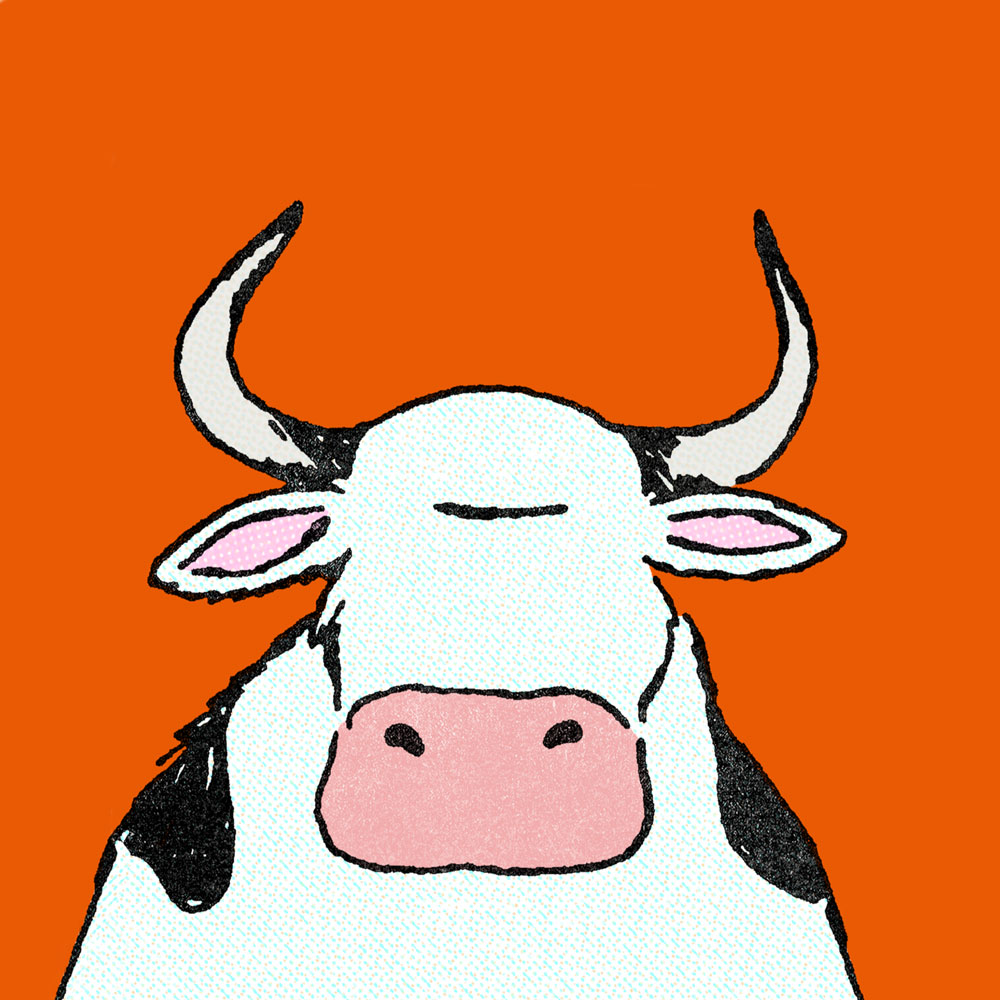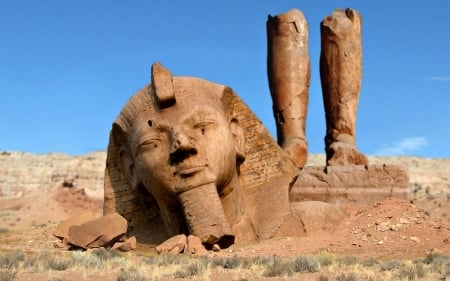were a lot of og Far Side comics produced digitally? this one looks like it may have been.
If you mean the dot pattern on the can, I believe that that’s halftoning, which would let a black-and-white newspaper print something other than black-and-white images. I’m not familiar with the process, but my guess is that the way that probably worked was that Larson sent in something with a flat shade of gray and then the halftoning was generated digitally for it and anything else that used shades of gray on the print side.
ah, that makes total sense; cheers.
Yeah, but that’s just a guess. Looking further, it sounds like it was indeed added by the printer, not on the artist’s end, but that the art they sent was just black-and-white, with instructions to the printer as to what to what white areas to shade:
https://thenib.com/color-archive/
Cartoonists don’t create these dots—they’re added during print production. Cartoonists started with pen and ink on paper. Starting in 1894, their drawings were shot as photographic negatives, which were then exposed under intense light onto photosensitized zinc metal plates.
To add tints, cartoonists (or often an assistant or colorist) roughly marked up their drawings, indicating which grays or colors should appear in which areas. Comics syndicates created a limited set of colors to choose from based on mixing tints at different percentages, and those numbers would be marked on the comic. Some cartoonists used color pencil or watercolors on their original or a copy as an additional guide.
In production, engravers took these zinc plates—a single black plate for weekdays, and four separate ones for Sunday color comics—and painted around each area that needed tone using a water-soluble material called gamboge. They applied an oily ink to a sheet in a frame somewhat resembling a silk screen called a Ben Day screen that was covered with tiny dots for the desired tint. The engraver then placed the screen over the areas on the zinc plate that needed tint applied and used a burnisher to rub down the Ben Day pattern. They then washed the gamboge off. They might have to do this dozens to hundreds of times for a Sunday strip.
It sounds like that analog process became a digital one sometime around the 1970s, but still had the “artist-annotated image” approach.
wow, thanks!
Rather pertinent with trump being sworn in




